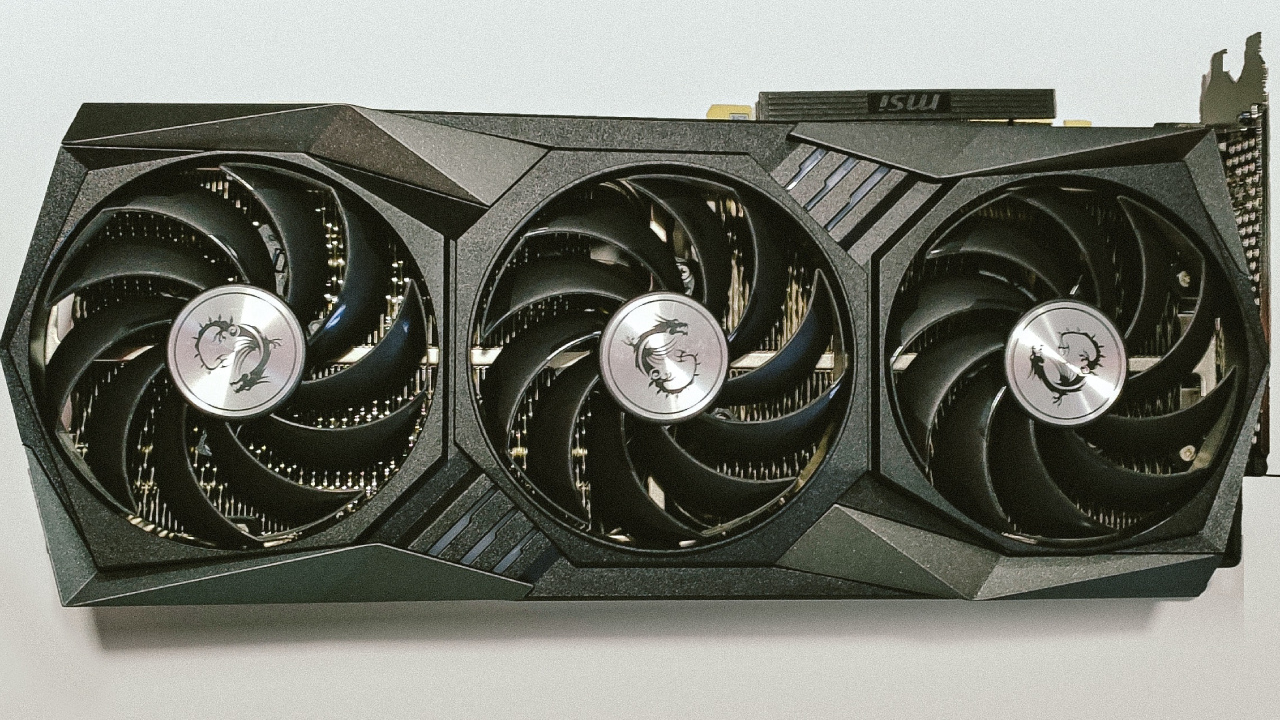- New research says sales for graphics cards are on a historic downward trend.
- The market, led by NVIDIA, AMD, and Intel shrunk by nearly 13 percent in the first quarter of 2023.
- These companies are seeing some of the worst desktop graphics processing unit sales in decades as the economic downturn tightens wallets.
People are deciding not to spend thousands on the latest and greatest discrete graphics cards, according to a new piece of research.
In fact, interest across the board is so low that sales of the hardware have slumped to the worst level in many years.
Graphics cards, or graphics processing units (GPUs) are required to run videogames like Diablo IV, with the latest games unplayable without the latest cards.
They are also important for digital media creation, with GPUs used in video and 3D graphics rendering.
According to Jon Peddie Research (JPR), the market led by NVIDIA, AMD, and Intel shrunk 12.6 percent to 6.3 million cards shipped in the first quarter of 2023.
The research indicates that this figure is the lowest sales the industry has managed in several decades, telling of a historical decline.
Sales have been steadily decreasing and were at 7.3 million cards in the previous quarter, Q4 2022. Nearly half of the figure seen a year prior in Q4 2021, with 13.19 million units sold.
This sharp slump from year to year tells of a market mind shift heading out of the COVID-19 pandemic and subsequent lockdowns.
As the world opened up again, interest in at-home activities like gaming fell, but what has affected the market most is the global economic turndown.
Consumers are constrained due to high inflation and rocketing interest rates, exacerbated by the Russian invasion of Ukraine. It doesn’t help that GPUs are expensive pieces of hardware, with some of the latest NVIDIA units retailing for around R50 000 locally.
“Shipments of new [discrete graphics cards] were impacted by a turndown in the PC market due to inflation worries and layoffs, and people buying last-gen boards as suppliers sought to reduce inventory levels,” said Jon Peddie, JPR founder and president.
2021 saw “near historic levels” of PC shipments, according to Ryan Reith, group VP with IDC’s Worldwide Mobility and Consumer Device Trackers.
Reith explained at the time that the trends we are seeing now with PC sales “will be one for the record books, but plenty of opportunity still lies ahead.”
PC shipments have been on the decline since the start of 2022, and have ramped up into 2023. Estimates tell of a 28.5 percent or 28.1 percent fall in sales from the end of 2022 heading into January 2023.
The fall in sales saw Intel post their worst-ever financial results in April telling of a $2.8 billion loss. However, it managed to increase the sales of its cards after launching a new product – the Intel Arch Alchemist A700-series GPU – but only to 250 000.
NVIDIA, which dominates four-fifths of the market, sees itself in a similar boat, having supplied 5.29 million GPUs – its worst sales results in many years. However, these figures still utterly dwarf Intel’s and AMD’s.
AMD shipped around 760 thousand units in the quarter, rounding out a trifecta of mediocre results.
Despite this, the industry has reason to remain optimistic.
“We firmly believe the market has the potential to recover in 2024 and we also see pockets of opportunity throughout the remainder of 2023,” shared Reith earlier this year.
“With inventory being run down, sales of new-generation boards will pick up, but not until Q3. Q2 is traditionally a down quarter, and the year won’t be any different, but probably not as severe as might be expected,” Peddie concluded.
[Image – Photo by Bruno Yamazaky on Unsplash]

